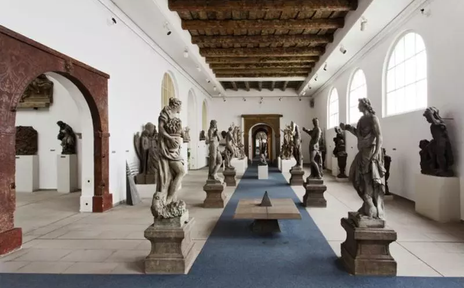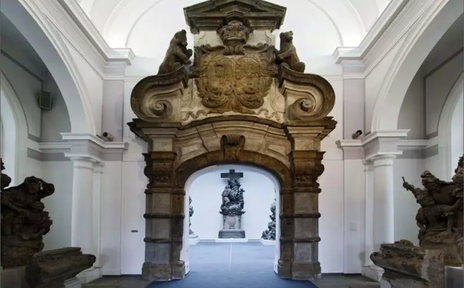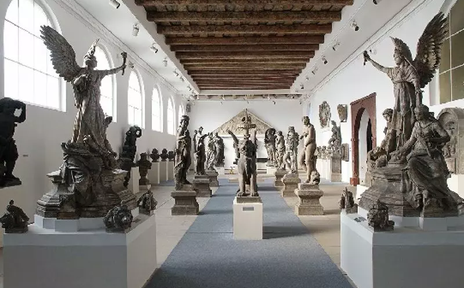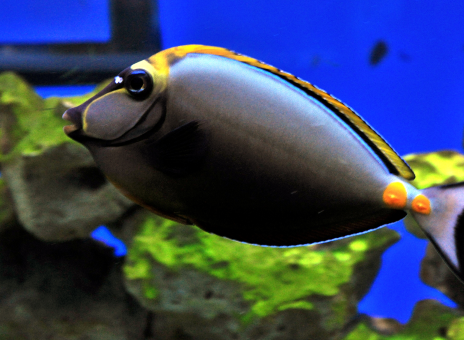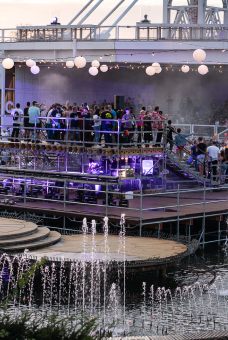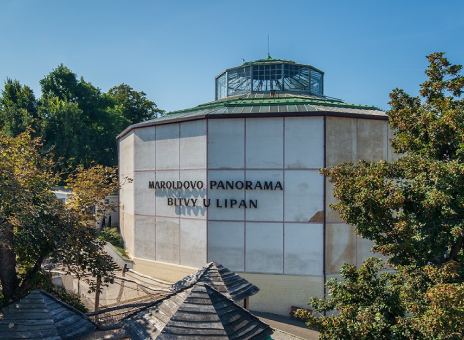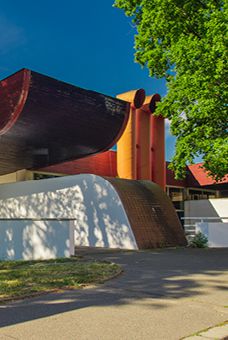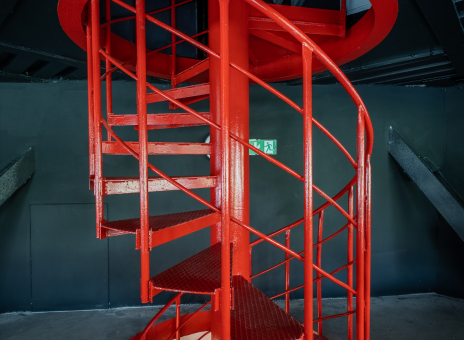Lapidarium
Dear visitors, the Lapidarium is CLOSED until further notice for technical reasons. We apologize and thank you for understanding.
One of the first buildings, located in the upper part of Výstaviště from the right side in front of the Industrial Palace. You can find a long-term exhibition here entitled "Monuments of Stone Sculpture in Bohemia from the 11th to 19th Centuries". The exhibition is open from May until November.
There are many works among the exhibits that are among the highest quality artistic expressions in the history of Czech art. The most famous include, for example, sculptures from Petr Parléř's studios, originally decorating the Old Town Bridge Tower, a gilded statue of the Virgin Mary from the plague column on Hradčanské náměstí, Classicist statues from Ignatius František Platzer from Prague’s Goltz-Kinsky Palace and several sculptures originally decorating the Charles Bridge.
History
The Lapidarium is one of the few buildings that have stood in Výstaviště from the very beginning. This building was designed by architect Antonín Wiehl to be symmetrical to the present pavilion of the Academy of Fine Arts. The building was rebuilt in the Neo-Baroque style in 1908 and today it contains the National Museum's Lapidarium. The word “lapis” means stone in Latin. And a lapidarium is a place where valuable stone objects are collected and exhibited, such as sculptures, columns, pillars, portals, tombstones or monuments. The first lapidarium was established at the time of the fall of the Roman Empire on sites of ruined temples, towns and settlements.
Today, the National Museum’s Lapidarium protects about two thousand rare artefacts, about 400 of which are exhibited. They include fragments from Prague’s St. Vitus Cathedral, beamed ceilings from demolished Prague buildings and, in particular, Prague's stone monuments from the 11th to the beginning of the 20th centuries.
Lapidarium
Temporarily closed.
Telephone: +420 702 013 372
e-mail: lapidarium@nm.cz


